Venice, for the first time an exhibition on Willem de Kooning's Italian sojourns
Willem de Kooning (Rotterdam, 1904 - East Hampton, 1997), one of the most revolutionary and influential artists of the 20th century, is the protagonist of a major exhibition at the Gallerie dell’Accademia in Venice, scheduled to begin April 16, 2024 (thus coinciding with the 60th International Art Exhibition of the Venice Biennale), and open until September 15, 2024.
The exhibition, titled Willem de Kooning and Italy, will be the first to investigate the significance of de Kooning’s stays in Italy, dating from 1959 and 1969. The curators, Gary Garrels and Mario Codognato, will explore, for the first time, the influence the trips to Italy had on the artist’s subsequent paintings, drawings and sculptures in America. The lasting effect of these two creative periods will be illustrated through a selection of works ranging from the late 1950s to the 1980s from important private and museum collections in Europe and the United States. The exhibition, designed in collaboration with the UNA/FWR Associati studio directed by architect Giulia Foscari, will bring together some 75 works, including paintings, sculptures and drawings, spanning four decades of de Kooning’s art, from the 1950s to the 1980s, creating the largest exhibition of the artist’s work ever organized in Italy.
In 1959, de Kooning returned to Europe for the first time since leaving Holland in 1926. At this time he was at the height of critical and commercial success so much so that by spring his solo show at the Sidney Janis Gallery had sold out of all the works on the very day of the opening. De Kooning, however, is wary of the success he is enjoying and declares to Time magazine, “I am now selling my image.” In Rome, far from the world he was familiar with, the artist seizes the opportunity to start anew. He spent four months in Italy and produced a remarkable body of black-and-white works on paper, characterized by experimental methods: painting on the floor, mixing enamel with pumice stone, tearing and collaging with paper. The exhibition will present key works from this series that reveal the fascinating variety of methods employed by de Kooning in Rome. While in Italy, the artist synthesized everything around him, coming into contact with classical Italian art and the work of his contemporary Italian artists, many of whom became his friends. Just as the New York environment was reflected in de Kooning’s paintings and drawings, the same seems to happen during his Roman sojourn. The first room will therefore include a selection of Black and White Rome, large and extraordinary drawings made by William de Kooning during his first, long visit to the capital in 1959. The drawings will be exhibited alongside works from the late 1950s, made in the period before the artist’s first visit to Italy: the Parkway Landscape paintings reveal the strength of his work around the middle of the twentieth century.
Back in New York de Kooning worked on large abstract paintings on which a new luminosity and a more open structure began to manifest. Three major masterpieces from 1960, Door to the River, A Tree in Naples and Villa Borghese, from important public collections, will be shown together for the first time. This section will also include large figurative paintings painted in the mid-1960s, which paved the way for his interest in sculpture. Two seminal works(Red Man with Moustache and Man Accabonac) will be brought together in a diptych, replicating the Baltimore Museum of Art’s display in 1972. These works will be presented with sculptures from 1969 and the early 1970s, clearly establishing the close relationship of this period between painting and sculpture.
Returning to Rome in 1969, de Kooning ran into an old friend from New York, the sculptor Herzl Emanuel. This chance encounter led the artist to work with clay for the first time and produce thirteen small bronze casts. Crushed, shaped and reduced to the most essential form through the immediacy of touch, these works lead de Kooning to produce a new core of sculptures between 1972 and 1974 in New York. For an artist who always emphasized the material aspect of his work, the plastic works enabled him to create abstract figures through the instantaneousness of the sense of touch. On the surrounding walls will be figurative paintings painted during the same period, alongside grandiose abstract paintings made from 1975 to 1977.
The exhibition will also bring painting and sculpture into dialogue with drawings from the 1960s and 1970s: among the most prominent works are four ink drawings made by de Kooning in Spoleto in 1969, presented alongside a complementary selection of intimate, gestural drawings conceptually related to the sculptures. The next room will feature a wider range of drawings from the years in which the artist fragments the figure, often leaving empty spaces to counterbalance his vigorous lines.
The last large room will present a selection of de Kooning’s last paintings, dating from the 1980s, in which the three-dimensional language is transfigured into a new abstract poetics. These paintings contain barely hinted at figurative references and are characterized by light tones counterbalanced by bands and areas of bright color. They are among the artist’s most sublime works, in which an echo of the Baroque style persists. About his artistic experience in Italy, de Kooning said in a 1969 interview, “I remember everything half suspended or projected into space; the paintings seem to work from whatever angle one chooses to look at them. The whole secret lies in freeing oneself from the force of gravity.” The comment is almost prophetic of the outcome achieved in his paintings of the 1980s and other experiments attempted after his first visit to Italy.
Curated by Garry Garrels and Mario Codognato, the exhibition is presented in collaboration with the Willem de Kooning Foundation, a private foundation funded by the artist, which promotes the study and knowledge of his life and work through research, exhibitions and educational programs. The exhibition is accompanied by a catalog published by Marsilio Arte. The complete catalog in English and Italian will be published with illustrations of all the works on display. The exhibition’s curators, Mario Codognato and Gary Garrels, will write the main essays, supplemented by in-depth essays by Jeremy Bleeke, Ester Coen, Anna Coliva, and Patrick Elliot, as well as a wealth of documentation useful in further clarifying this new, extended critical reinterpretation of the artist’s work.
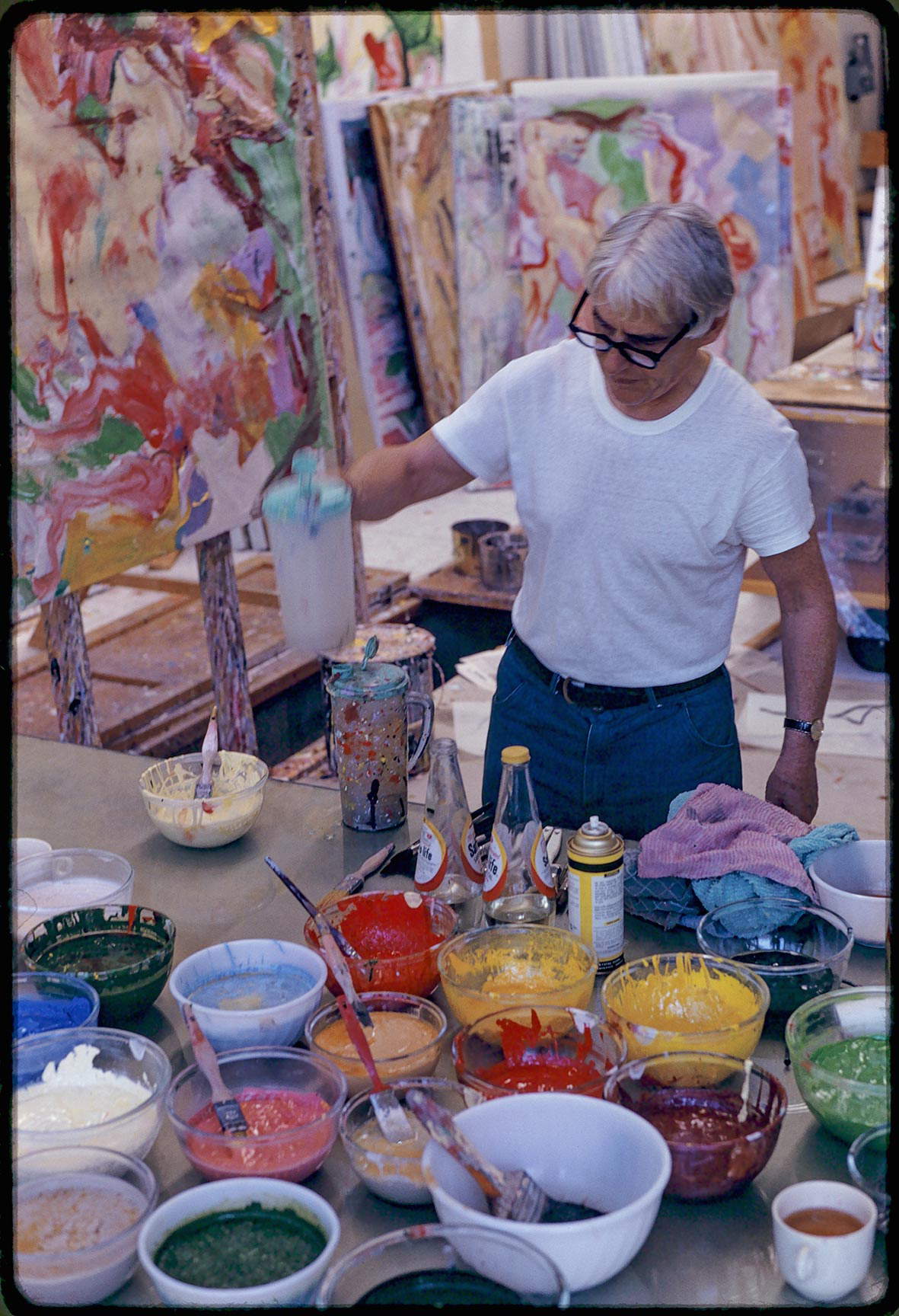
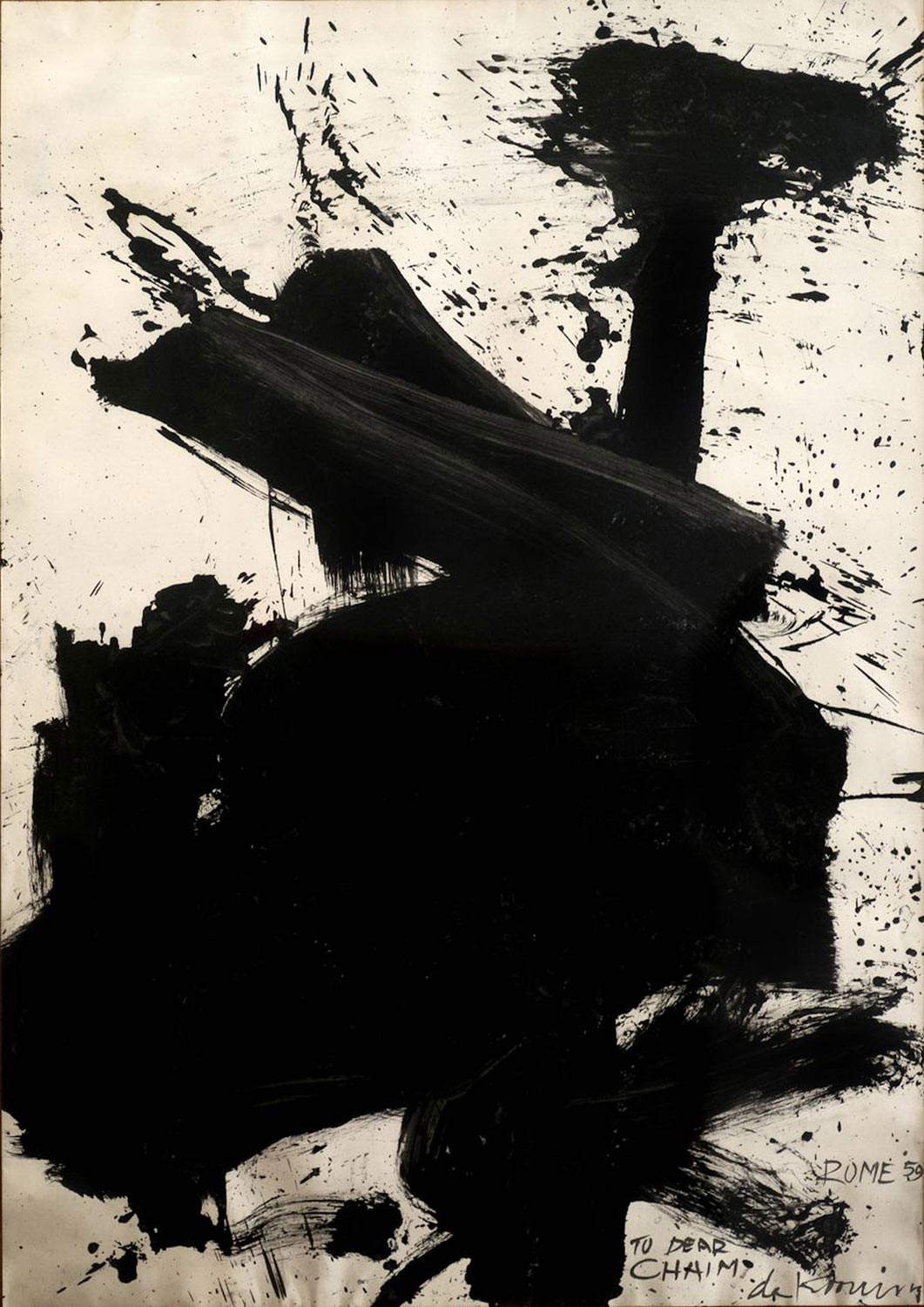
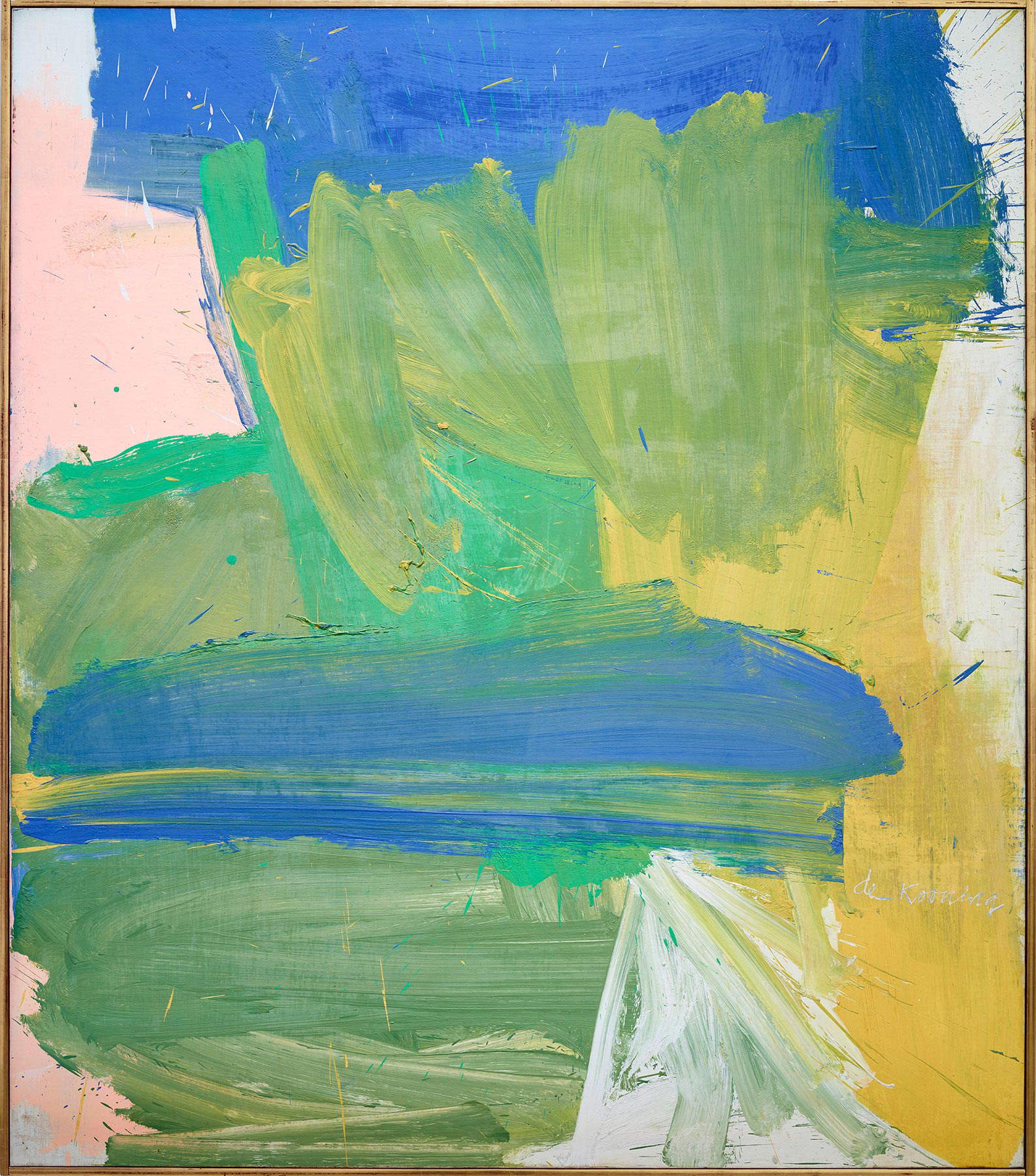
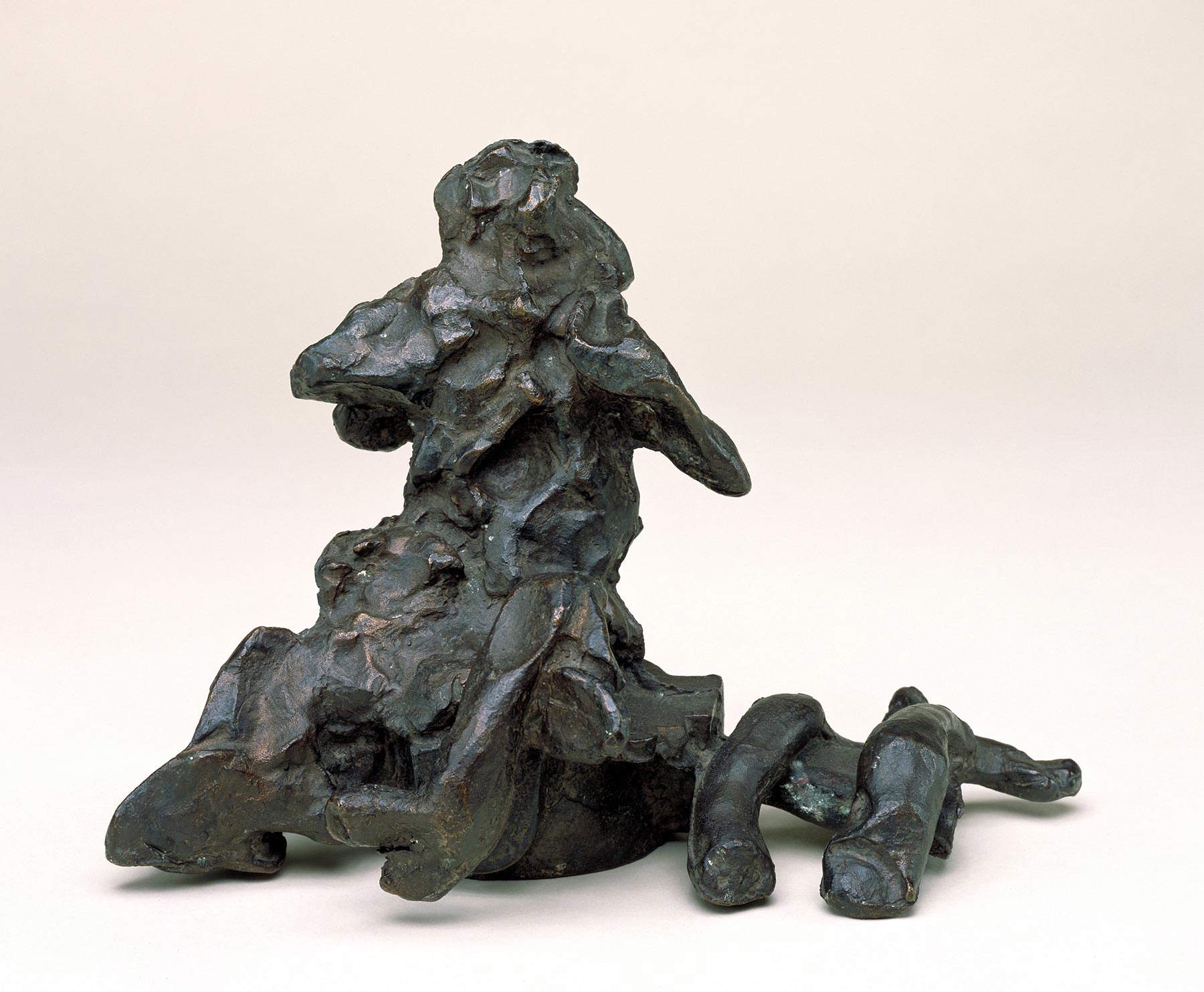
Statements
“We are convinced that proposing de Kooning was the right choice for several reasons,” said Giulio Manieri Elia, director of the Gallerie dell’Accademia. “First, because of the caliber of the artist, which I think is superfluous to discuss. Also, for the theme explored, namely his relationship with Italy, which is dear and close to us. It should be added that post mortem his works have been seen very little in our country and the last exhibition dedicated to him was eighteen years ago. Finally, what convinced us was the quality of the curators’ selection, some 75 works representing a good part of de Kooning’s expressive phases.”
“Willem de Kooning, to create his personal lexicon, drew on the chorale of stimuli from everyday life, such as light and movement,” explain curators Gary Garrels and Mario Codognato. “The impact of a wide variety of visual experiences could offer or generate an idea for making a new drawing or painting. Looking at how the environment of New York and East Hampton influenced his works, one gets the impression that the same happened in Rome. During these periods in Italy, de Kooning enriched his language and reworked a new modus operandi through an in-depth study of classical Italian art and at the same time through frequenting Italian artists of his generation.”
“It is an enormous pleasure for the Foundation to collaborate with the Gallerie dell’Accademia to present this important exhibition,” concludes Amy Schichtel, executive director of The Willem de Kooning Foundation, “not only because it offers the opportunity to share the exceptional vision of Willem de Kooning and the curators with a large international community, but also because it provides an extraordinary opportunity to develop the artist’s research and knowledge, offering a remarkable opportunity for the thousands of students from around the world visiting the Galleries. De Kooning is one of America’s great innovators and, as such, we believe his story is a vital source of inspiration for our young people.”
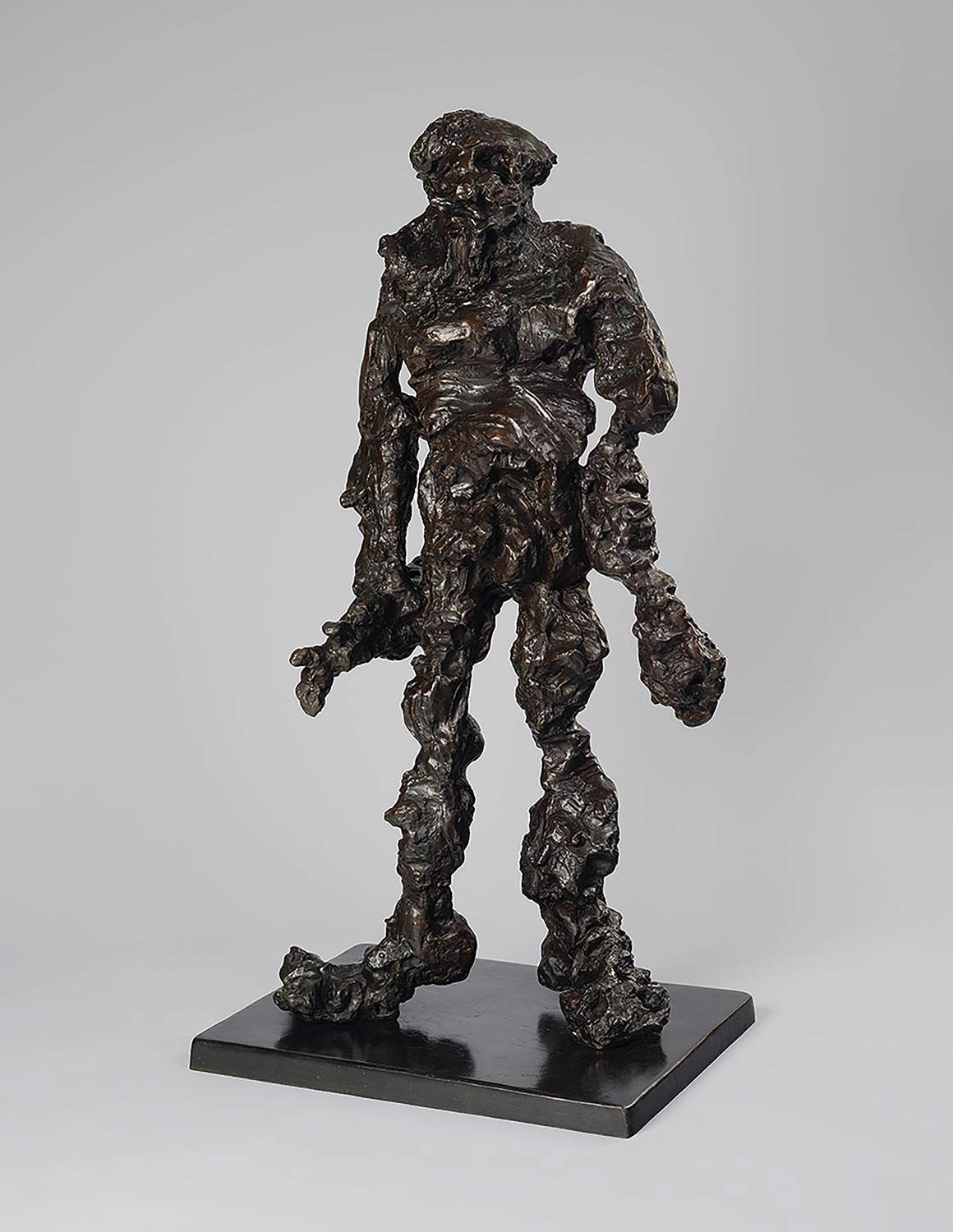
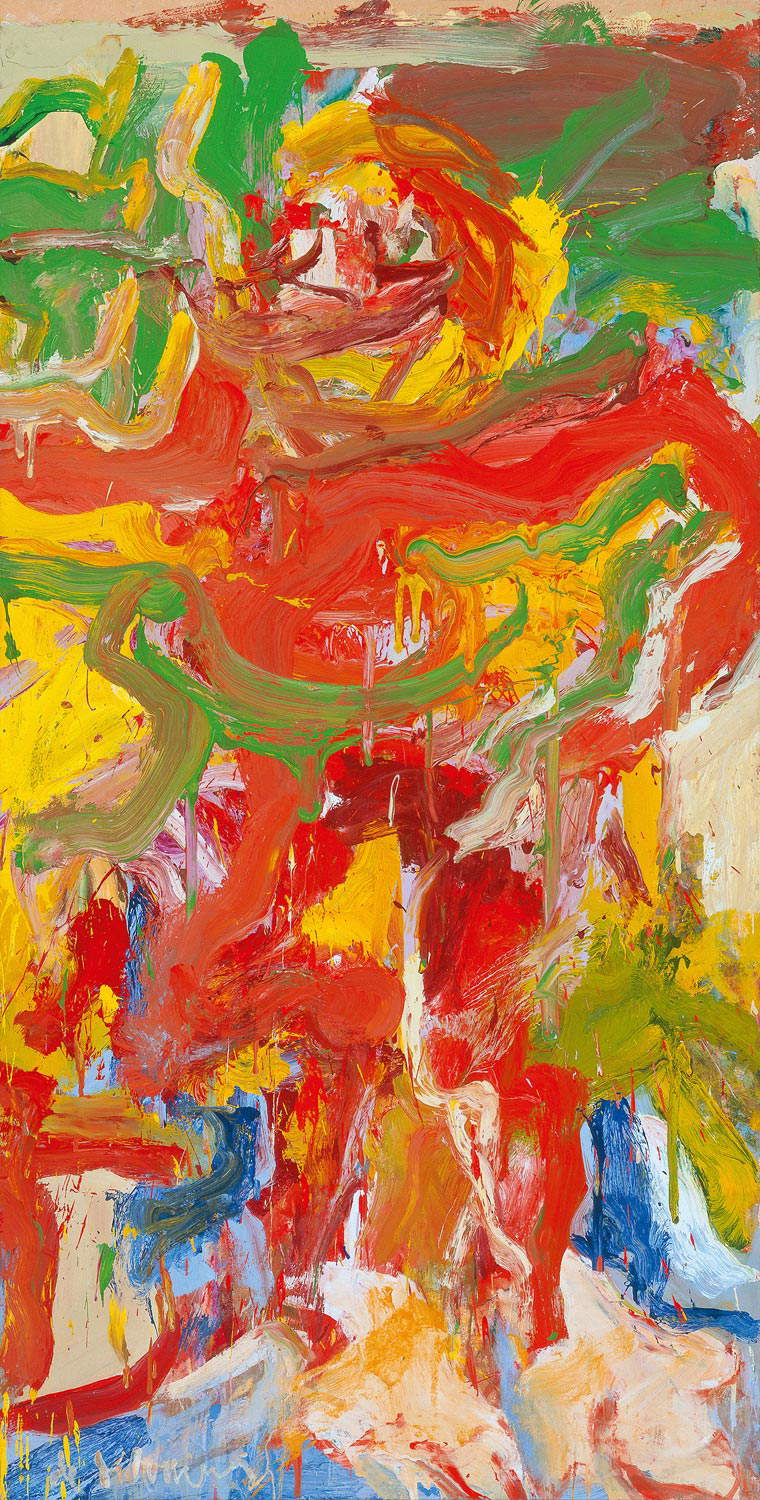
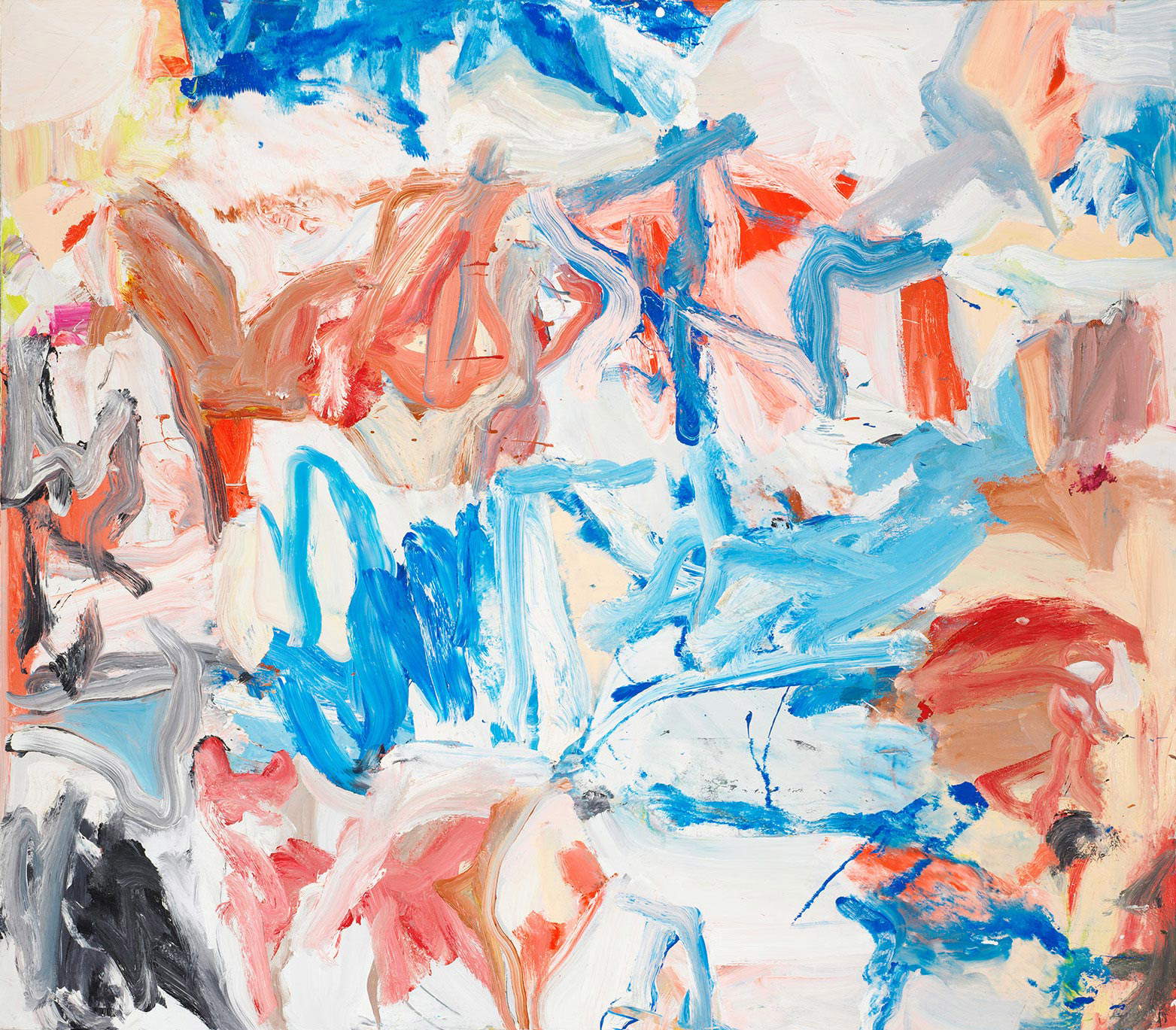
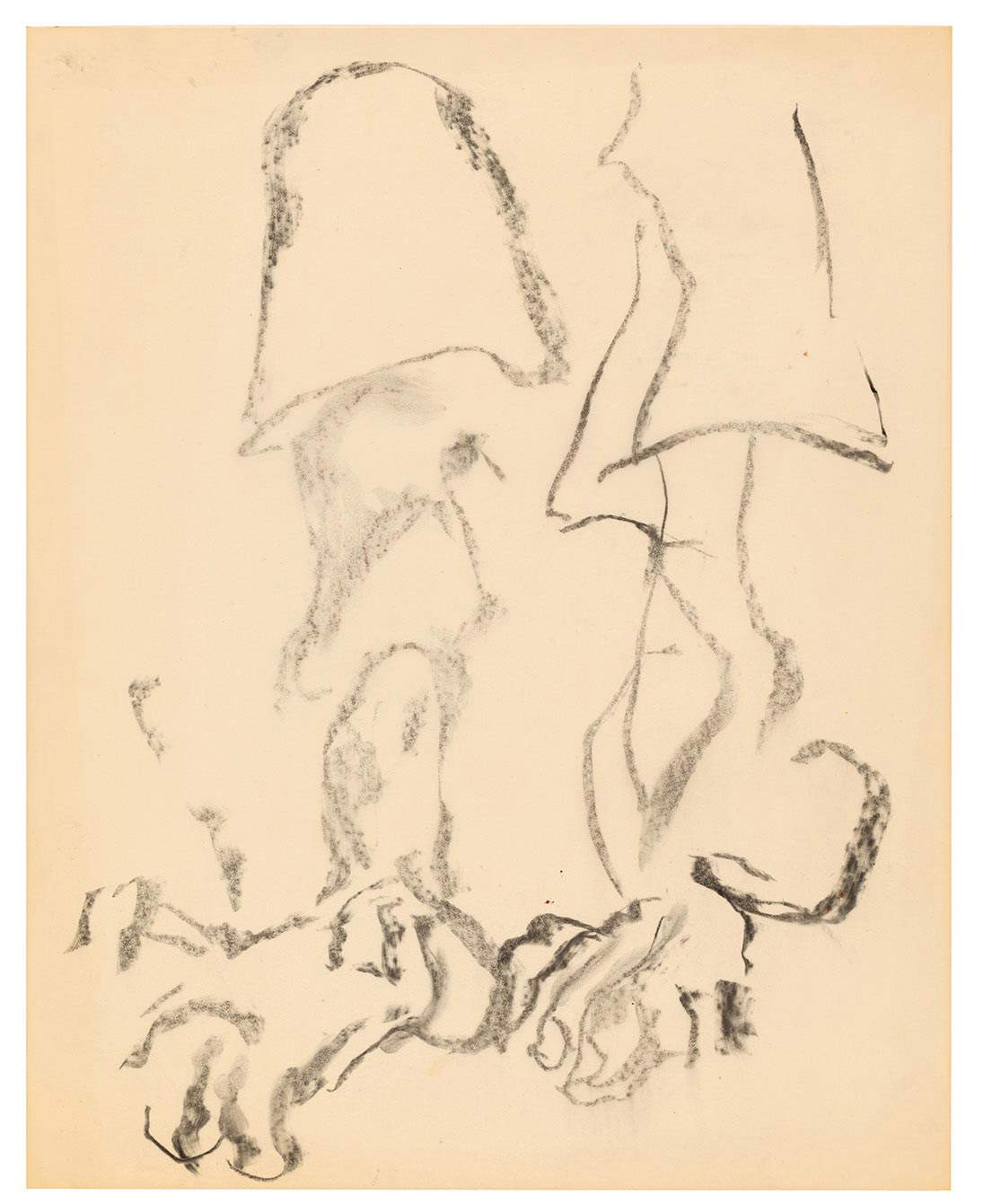
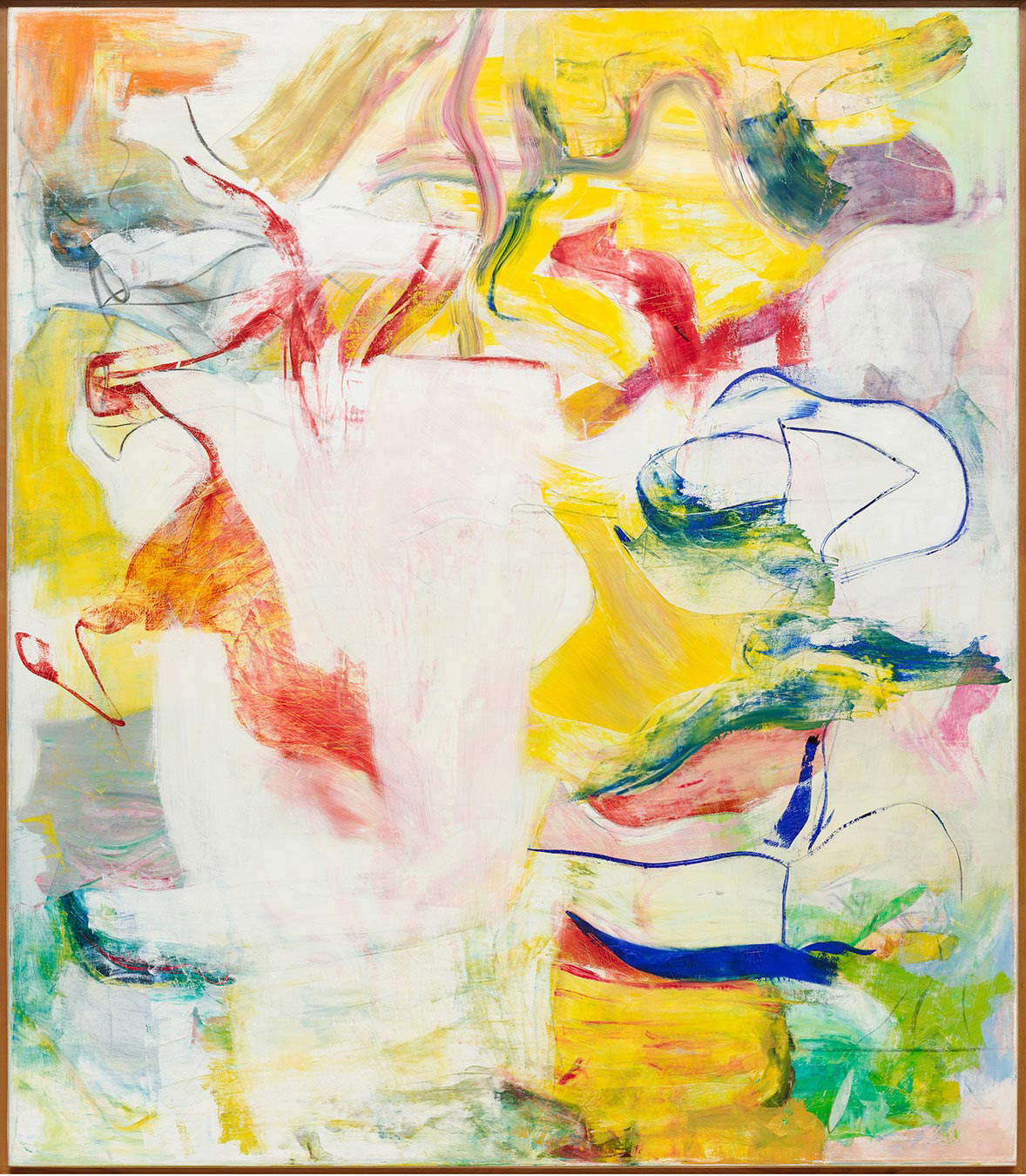
Biographical notes.
Willem de Kooning (Rotterdam, 1904 - East Hampton, 1997) was one of the great artists of the 20th century. He began working at the age of 12 as an apprentice in a major design studio and obtained a traditional art education by attending evening classes at the Rotterdam Academy of Fine Arts (later renamed the Willem de Kooning Academie), from 1917 to 1921. In 1926, he clandestinely boarded a ship bound for the United States where he would achieve success, becoming one of the greatest artists of the 20th century and an artist respected by all his peers who influenced his and future generations of artists. His career spanned six decades.
He won critical acclaim at the Charles Egan Gallery in 1948 with a solo exhibition of densely elaborated non-figurative oil and enamel paintings, including celebrated black and white paintings. Shortly thereafter, in 1950, de Kooning produced Excavation, a large-scale abstract work. Perhaps one of the most important paintings of the 20th century, Excavation was chosen among the works represented the United States at the 25th Venice Biennale from June 3 to October 15, 1950. De Kooning participated in five more Biennials (1954, 1956, 1978, 1986 and 1988). A nonconformist painter who rejected accepted stylistic norms by dissolving the relationship between foreground and background and using color to create emotional, abstract gestures, de Kooning, along with his colleagues of the late 1940s and early 1950s, was variously labeled “Abstract Expressionist,” “Exponent of Action Painting,” or simply the “New York School.” He was one of the few breakthrough artists responsible for the historic shift of the center of the artistic avant-garde from Paris to New York after World War II.
In 1953, de Kooning shocked the art world and gained unsought fame by exhibiting a now-famous series of aggressively painted figurative works known as Women. The return to figuration was considered by some to be stylistically reactionary and a betrayal of the principles of abstract expressionism. However, the Museum of Modern Art, New York, accepted the change in style as an advancement of his work and purchased Woman I (1950 - 1952) in 1953. De Kooning’s name at that time became synonymous with the avant-garde. Refusing to adhere to any orthodoxy, de Kooning continued to explore new styles and methods, often questioning his own skill.
Throughout his career he moved between figure and landscape, building his lexicon from the chorality of everyday stimuli, such as light and movement, in the everyday as in his work. Various moves and travels lead him to further experimentation and in new directions, moving from painting and drawing to sculpture and lithography. His ascendancy is revealed as much in the originality of his subjects as in the reinvention of pictorial space and techniques employed. De Kooning provided the younger generation of artists with a reckless role model: art as a way of life. In 1962 de Kooning was granted American nationality. During his lifetime, he received many honors, including, in the U.S., the Presidential Medal of Freedom in 1964. His artwork has been shown in thousands of exhibitions and is part of the permanent collections of many of the world’s most prestigious art institutions, including the Peggy Guggenheim Collection, Venice; the Stedelijk Museum, Amsterdam; the Tate Modern, London; the Museum of Modern Art, New York; the Solomon R. Guggenheim Museum, New York; the Metropolitan Museum of Art, New York; the Art Institute of Chicago; the Smithsonian Institution’s Hirshhorn Museum & Sculpture Garden, Washington, D.C.; the National Gallery of Art, Washington, D.C.; and the National Gallery of Australia, Canberra. Major publications devoted to him have been written by Gabriella Drudi, John Elderfield, Gary Garrels, Thomas Hess, Harold Rosenberg, Richard Shiff, and Judith Zilzcer.
 |
| Venice, for the first time an exhibition on Willem de Kooning's Italian sojourns |
Warning: the translation into English of the original Italian article was created using automatic tools. We undertake to review all articles, but we do not guarantee the total absence of inaccuracies in the translation due to the program. You can find the original by clicking on the ITA button. If you find any mistake,please contact us.




























